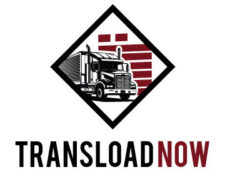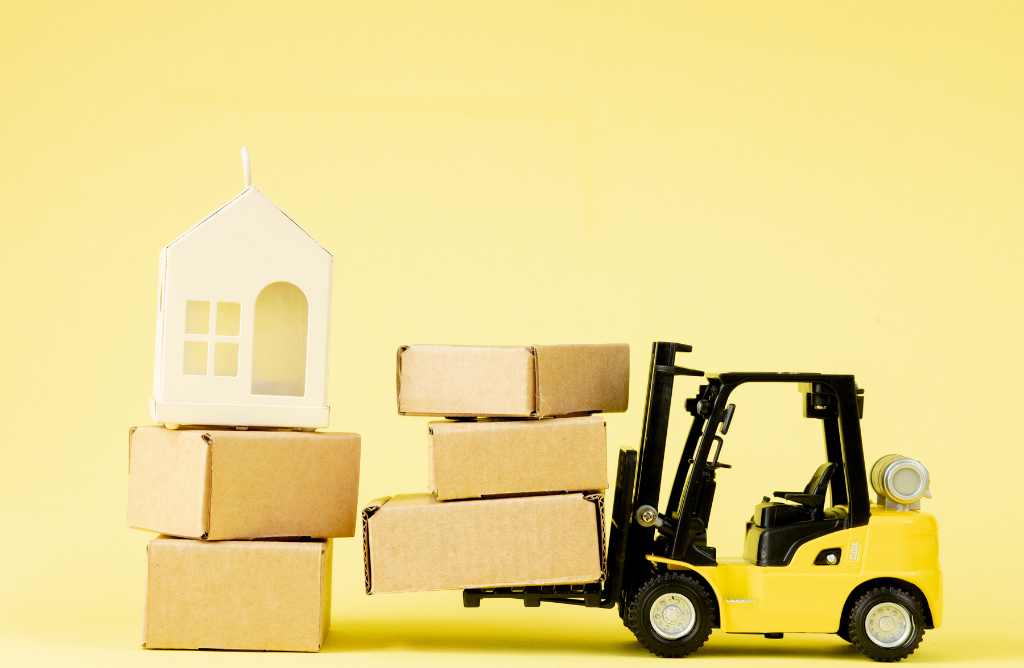Supply chain professionals often ask me why their tried-and-true methods aren’t delivering results anymore. The answer lies in how fundamentally our logistics landscape has shifted since 2021. With ocean carriers reducing inland services and rail capacity constraints continuing, transloading has evolved from a cost-saving tactic to a strategic necessity. The story of these professionals reflects a broader challenge I’m seeing across the industry – the growing complexity of transloading is outpacing traditional management approaches.
My recent discussions with logistics executives paint a clear picture. The old metrics of success – basic throughput numbers and simple cost-per-container calculations – don’t tell the full story anymore.
What’s really happening on the ground?
Three Core Efficiency Drivers of Transloading
Let’s cut through the noise. We cannot improve everything at once, so identifying and focusing on core drivers is critical. Focus on these core drivers to move the needle at your operation.
1. Evaluate Your Transloading Operations With Smart Data Use, Not Big Data
The best performing operations don’t have the most data – they focus on the right data. Improve efficiency in your operation by identifying what data points drive results in your transload operations, then focus on those data points to make decisions in your business. Some potential data points to consider are:
- Transportation costs
- Warehousing costs
- Transloading costs to Total Inventory Cost Ratio (what percent of total inventory cost is the all-in transloading costs?)
- Inventory accuracy (and/or Overages, Shortages, & Damages – OS&D)
- Days of inventory on hand per SKU
- Average transit time per SKU
Identify what data points drive results in your operation and ignore everything else.
2. Define and Streamline the Transload Process
To improve any operation it is critical to first understand the current state of the process. Define the entire process of your transload operations from the time the Purchase Order is created (maybe sooner) to when the product is delivered to final destination. Note, many tasks make one complete process.
When outlining the process, be sure to identify:
- task being completed at each phase
- the owner of the task
- why the task is important
- if there any questions or notes about the task.
Once the entire process is defined, evaluate each task in the process for opportunities of improvement.
For each task in the process, identify:
- what tasks can be improved
- the impact improving the task will have on the entire process
- how difficult and time consuming it will be to complete the improvement.
Identify the tasks that will have the biggest impact with the least difficulty. Complete these tasks first, and evaluate the results. Normally it is best to slowly release new improvements to the process and then evaluate the changes over time. If many changes are made too quickly it can be difficult to identify what changes drove improvement. Instead consider changing only one or two things at a time. Then watch the results, make needed alterations, and then make the next round of improvements. Continue this process until no further improvement is needed.
3. Deploy Strategic Partnerships for Transloading Projects
Having strategic partners to handle your transloading projects is critical. Reliable and flexible transloading partners keep freight moving in the supply chain. Strategic partners help to ensure efficient operations, cost effective rates, and reliable transit times in transload operations. Some companies run all of their transloading operations through a single source, such as one broker or agent. That one broker or agent then manages all of the other parties involved in the operation on behalf of the transload customer. Other companies manage their transload operations on their own via many outside parties; these transload customers often have a larger in-house team to manage the complexity of many transload partners.
Strategic transload partners that your company may consider include
- Customs broker
- Freight broker
- Freight forwarder
- Third-party (3PL) warehouse
- Drayage carriers
- Dry van and/or Flatbed carriers
Evaluate your current partners to see if they are meeting current needs or if you may benefit by finding a new strategic partner.
Technology that Actually Moves the Needle
The path to achieving genuine transloading efficiency isn’t paved with buzzwords.
The real story in supply chain technology isn’t about AI or blockchain – it’s about practical solutions that drive results. I’m seeing facilities achieve remarkable gains in optimize transloading efforts through straightforward technology applications.
When Things Go Wrong (And They Will)
During conversations with operators across the country, we hear the same concern: “What happens when things go wrong?” It’s a valid question, especially given the increasing complexity of modern supply chains. But the best operators we’ve studied don’t get caught up in elaborate contingency plans. Instead, they build resilience into their daily operations.
A facility manager in Chicago shared an interesting perspective with us last week. “We stopped thinking about risk management as a separate function,” she explained. “It’s now part of how we think about optimize transloading initiatives every day.” Their approach involves continuous monitoring of key stress points – weather impacts, labor availability, carrier reliability – and making small adjustments before issues cascade into bigger problems.
Looking Ahead: Practical Innovation
The future of logistics isn’t about radical transformation. From our conversations with industry leaders and extensive facility visits, we are seeing a clear trend: successful operations focus on building adaptable infrastructure rather than chasing every new technology trend. Instead of betting big on specific technologies, consider investing in becoming a flexible operation – create systems and processes that can evolve without requiring complete overhauls.
Making Technology Work For You
This brings us to a crucial point about achieving transloading efficiency: the most successful operations maintain what we call a “practical innovation” mindset. The staff are not afraid to change how they do their jobs today, but they’re not cutting-edge experimenters either. They carefully evaluate new technologies based on one simple criterion: Will this solve a specific problem we’re facing today?
What’s particularly interesting is how this approach is reshaping investment priorities. Rather than massive system overhauls, we are seeing more targeted investments in connectivity solutions that improve visibility and control. It is possible to optimize transloading operations simply by better connecting existing systems together to enable real-time decision-making, rather to implementing a full overhaul of new technologies.
Moving Forward
In today’s complex logistics environment, achieving operational excellence isn’t about chasing the latest trends – it’s about making smart choices that deliver real results. The operations we’ve studied that successfully improve transloading efficiency share one common trait: they focus on practical solutions that solve today’s problems while building flexibility for tomorrow’s challenges.
The best operators don’t just understand what needs to be done – they make it happen.
Ready to Transform Your Operation?
Transform your transloading operations with Transload Now’s proven network of transload warehouses. Our network of transload warehouses are located across the country for any region you have a transload project. Find a warehouse partner today.

